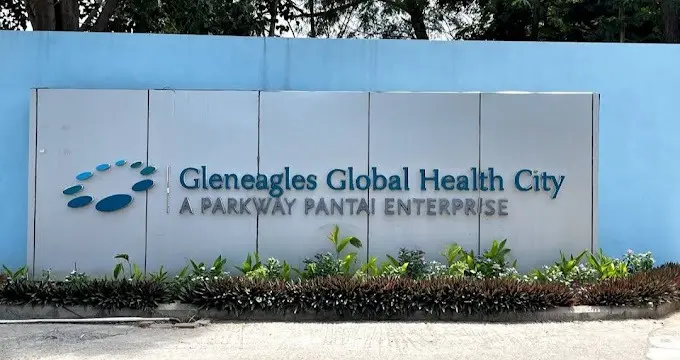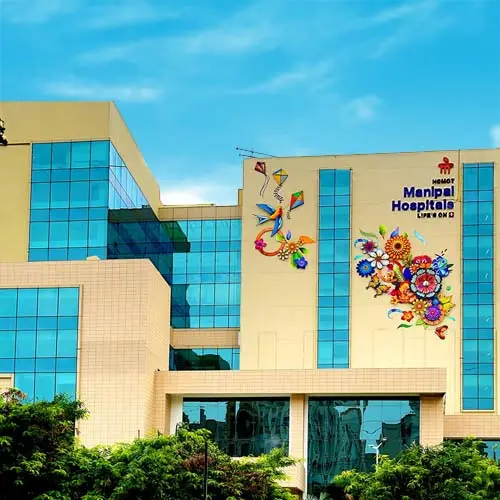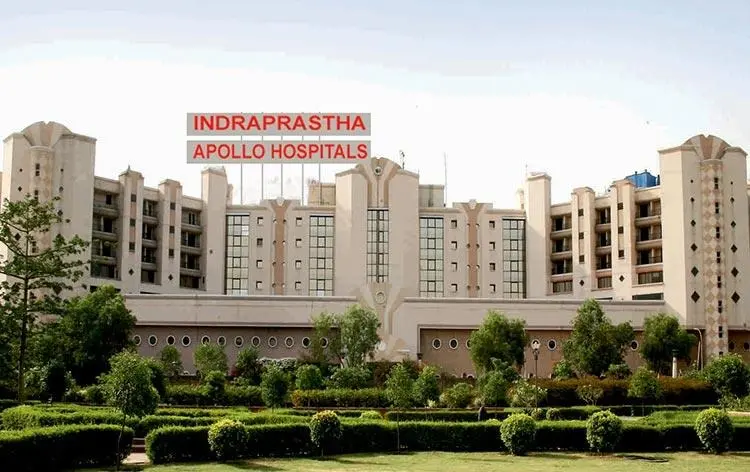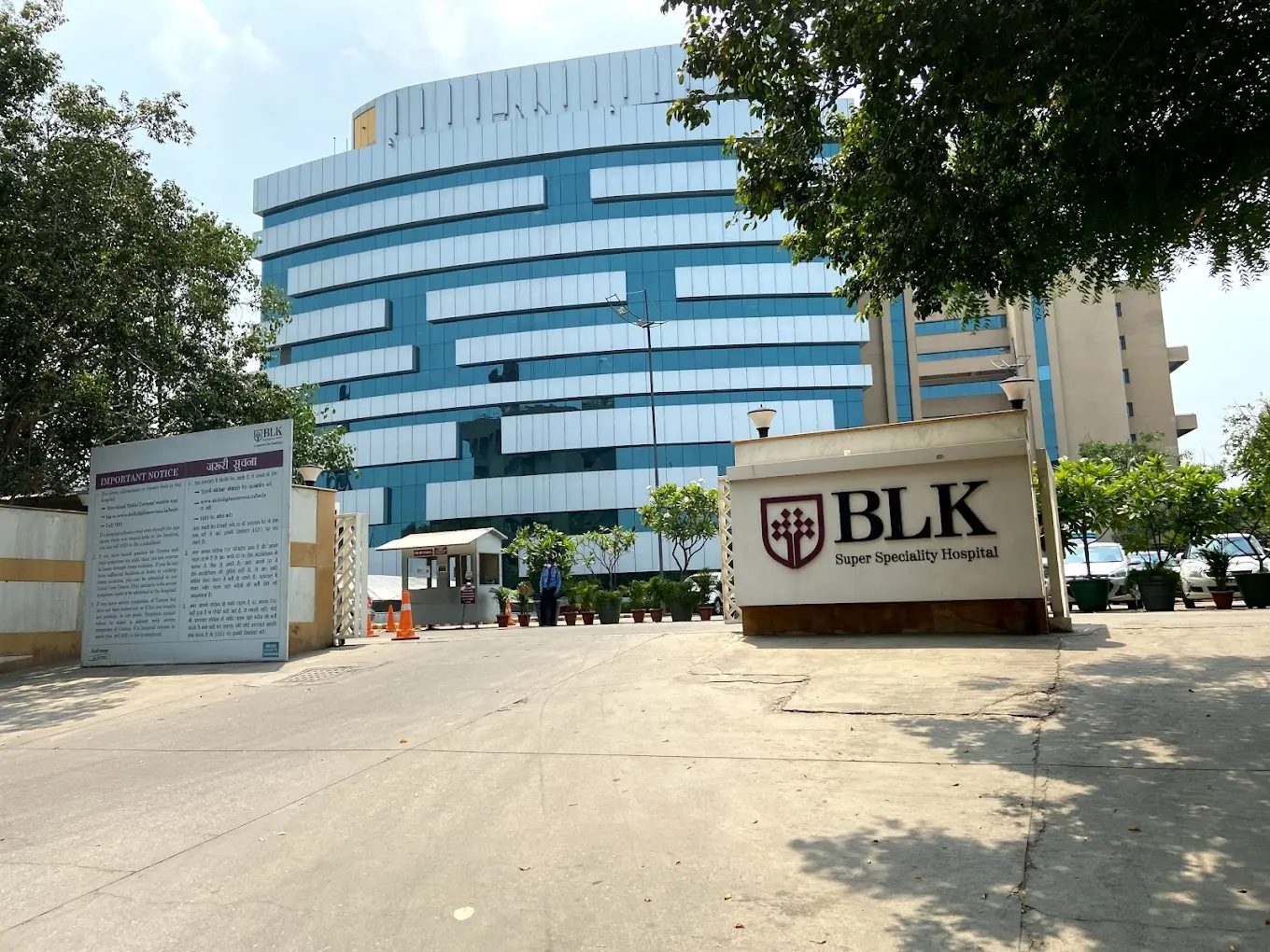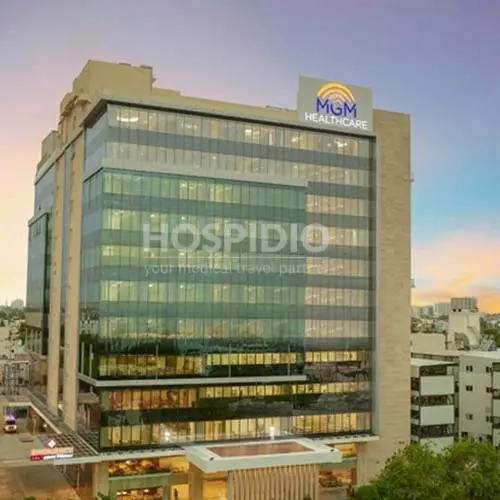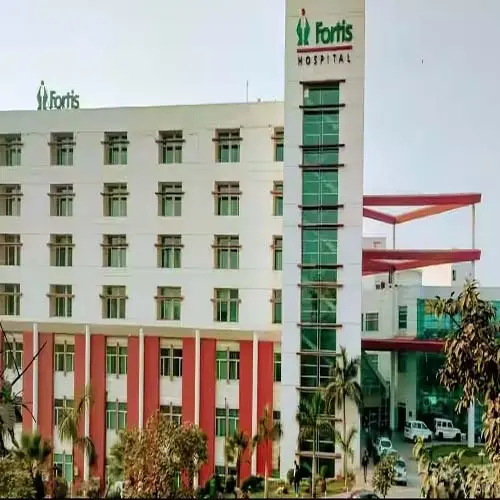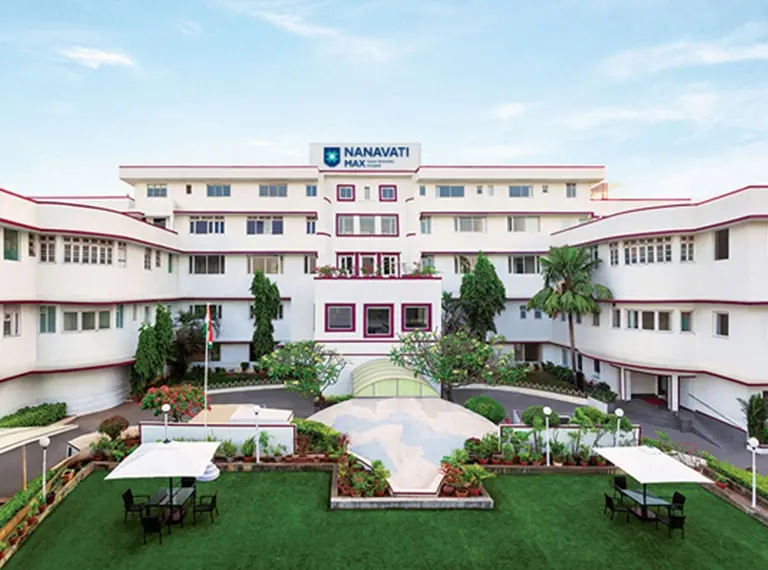Stereotactic Radiosurgery (SRS) cost in India
The Stereotactic Radiosurgery (SRS) Treatment cost in India ranges from $4,500 to $7,000, which is approximately ₹3,45,000 to ₹6,47,000 Indian rupees. This non-invasive procedure uses focused radiation beams to precisely target and treat brain tumors without the need for an open surgical approach. Techniques such as Gamma Knife, CyberKnife, or LINAC-based radiosurgery are commonly used.
The cost can vary depending on the technology employed, tumor location, and the medical facility chosen.
Cost Range of Stereotactic Radiosurgery (SRS) cost in India
What is Stereotactic Radiosurgery (SRS)?
Stereotactic Radiosurgery (SRS) is a non-surgical radiation treatment that delivers a high dose of focused radiation to a precise area of the brain, spine, or other parts of the head and neck. Despite the name, it’s not an actual surgery—there are no incisions. It’s called “radiosurgery” because it achieves results similar to surgery by destroying abnormal tissue or tumors with pinpoint accuracy.
The effectiveness of SRS depends on several factors, such as the size, location, and type of the brain tumor or lesion, as well as the patient’s individual response to radiation.
Get a free cost estimate
Who is an eligible candidate for Stereotactic Radiosurgery in India?
Patients with Inoperable Brain Tumors
- Those who are not suitable candidates for open surgery due to tumor location (deep-seated or near critical brain structures).
- Patients with medical conditions that increase surgical risk (e.g., heart disease, diabetes, or advanced age).
Individuals with Small to Medium-Sized Tumors
SRS is most effective for tumors typically less than 3–4 cm in diameter.
Common tumor types treated include
- Meningioma
- Acoustic neuroma (vestibular schwannoma)
- Pituitary adenomas
- Gliomas (selected low-grade types)
- Metastatic brain tumors
Patients with Brain Metastases
- Especially those with a limited number (1–4) of metastatic lesions from cancers such as lung, breast, or melanoma.
- SRS can control tumor growth and relieve symptoms with minimal disruption.
Recurrence After Previous Surgery or Radiation
Patients whose tumors have returned after prior surgery or conventional radiation may benefit from SRS as a secondary or salvage treatment.
Functional Disorders and Vascular Conditions
SRS is also used for:
- Arteriovenous malformations (AVMs)
- Trigeminal neuralgia
- Certain types of epilepsy or movement disorders
Patients Seeking a Non-Surgical Alternative
Those preferring a minimally invasive, outpatient procedure with
- No incision
- No general anesthesia
- Minimal recovery time
Types and Cost of Stereotactic Radiosurgery
Here is an overview of the common types of Stereotactic Radiosurgery along with their approximate cost range in USD:
| Types of Stereotactic Radiosurgery in india | Cost Range (USD) |
| Gamma Knife Radiosurgery Uses highly focused gamma rays to treat small to medium-sized brain tumors and functional disorders without incision. | 5,500 - 7,000 |
| CyberKnife RadiosurgeryA robotic system delivering precise radiation beams from multiple angles; suitable for brain, spine, and even body tumors. | 6,500 - 7,000 |
| LINAC-Based SRS (e.g., Novalis)Uses a linear accelerator (straight line) to deliver precise radiation; cost-effective and adaptable to a wider range of tumor sizes and locations. | 4,500 - 5,500 |
| Proton Beam SRSUses protons instead of X-rays, offering highly targeted therapy with minimal damage to surrounding tissue; available only at select centers. | 35,000 - 65,000 |
Get a free cost estimate
Stereotactic Radiosurgery Treatment Cost in India Inclusions
- First consultation
- Treatment as advised
- Patient stay and meals during hospitalization
- Routine drugs and consumables required during hospitalization
Stereotactic Radiosurgery Treatment Cost in India Exclusions
- Flights and visa
- Post-discharge stay
- Post-operative follow-ups and medical management
- Post-operative dressing and nurse visits
- Complications management
- Treatment for any other underlying medical conditions
- Any complex investigations or drugs
Other Factors Affecting Stereotactic Radiosurgery Treatment Cost in India
- Diagnosis of the patient
- Type of Technology Used
- Number of Sessions Required
- Choice of location, doctor and hospital
- Pre-existing medical history
- Post-discharge care and medical management needed
Diagnostic Tests Done Before Stereotactic Radiosurgery
| Types of Tests For Stereotactic Radiosurgery Treatment in India | Cost Range in USD |
| Blood testsThese include the basic blood investigations for the patient to check organ functioning and infection status | 100-120 |
| Neurological AssessmentThis includes the radiological imaging such as CT and MRI with contrast to check for the actual status of the tumor | 250-300 |
| Angiography (for AVMs)Required if treating arteriovenous malformations (AVMs) to map blood vessels and flow characteristics. | 250-300 |
| Treatment Planning Session (Simulation)Involves immobilization setup, head frame, or mask fitting. and imaging for radiation dose planning and beam mapping. | 100-300 |
Not all tests are needed for every patient; the clinical team tailors the evaluation based on tumor type, location, and technology used (Gamma Knife, CyberKnife, etc.). These diagnostics ensure maximum accuracy, safety, and effectiveness of stereotactic radiosurgery (SRS).
Why is India preferred as one of the best countries for stereotactic radiosurgery treatment ?
India is increasingly recognized as one of the top global destinations for Stereotactic Radiosurgery (SRS) due to its combination of world-class medical expertise, advanced technology, and affordable pricing. SRS is a highly specialized, non-invasive treatment used to precisely target brain tumors, arteriovenous malformations (AVMs), and certain functional neurological disorders without the need for traditional surgery.
Leading Indian hospitals such as Apollo Hospitals, Fortis, Artemus, Max Healthcare, and others are equipped with cutting-edge technologies including Gamma Knife, CyberKnife, LINAC-based systems, and even Proton Beam Therapy at select centers, offering treatment capabilities on par with the best hospitals in the U.S. or Europe.
Indian hospitals also offer fast-track diagnostic and treatment processes, eliminating the long waiting periods often experienced in countries like the U.K. or Canada. SRS procedures are usually completed in one to five sessions, with minimal hospital stay and rapid recovery, making it an ideal option for medical travelers.
Also, international patients benefit from comprehensive medical tourism services, including visa facilitation, airport transfers, multilingual support, accommodation, and personalized patient care coordinators. With its strong infrastructure, affordable pricing, advanced treatment technologies, and experienced specialists, India has emerged as one of the most reliable and accessible destinations in the world for stereotactic radiosurgery.
Best Stereotactic Radiosurgery Hospitals in India
Best Specialists Offering Radiosurgery in India
FAQs
Stereotactic radiation (SRS or SBRT) is highly effective. The success rate is usually 85–95%, depending on the size, location, and type of tumor being treated.
Good candidates are patients who:
- Have small or medium-sized brain or body tumors.
- Cannot undergo surgery or prefer a non-surgical option.
- Have tumors in hard-to-reach areas where surgery is risky.
Patients only need 1 to 5 treatment sessions. Unlike traditional radiation that takes weeks, stereotactic radiation delivers focused doses in fewer sessions.
Most people tolerate SBRT well. Rarely, some may experience:
- Fatigue (feeling tired).
- Mild skin changes or irritation.
- Swelling or scarring in the treated area.
- Rare long-term effects like damage to nearby healthy tissues.
SRS uses highly focused X-rays or gamma rays to target the tumor with extreme precision. It does not involve surgery, even though it’s called “radiosurgery.”


